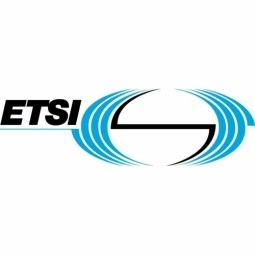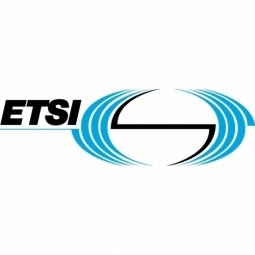IEEE - P7010 - Wellbeing Metrics Standard for Ethical Artificial Intelligence and Autonomous Systems
The Wellbeing Metrics Standard for Ethical Artificial Intelligence and Autonomous Systems enables programmers, engineers, and technologists to better consider how the products and services they create can increase human wellbeing based on a wider spectrum of measures than growth and productivity alone. Today, affective systems utilizing emotion recognizing sensors are quantified primarily by their economic value in the marketplace beyond their efficacy within certain fields (psychology, etc).
While it is often understood that ethical considerations for intelligent and autonomous systems might hinder innovation by the introduction of unwanted regulation, without metrics that value mental and emotional health at both an individual and societal level, innovation is impossible to quantify. The introduction and use of these metrics for programmers and technologists means that beyond economic increase human wellbeing can be measured and better improved.










